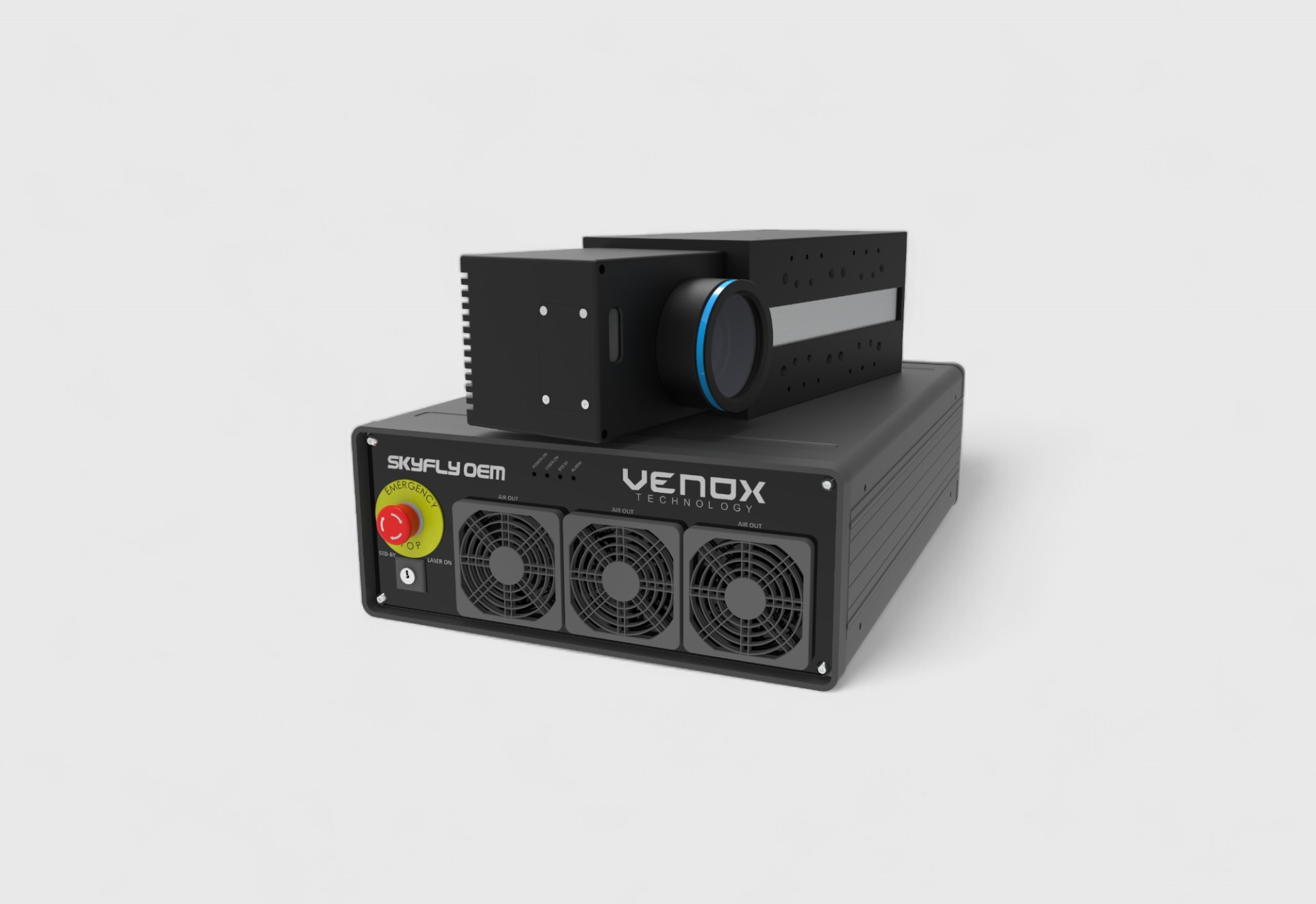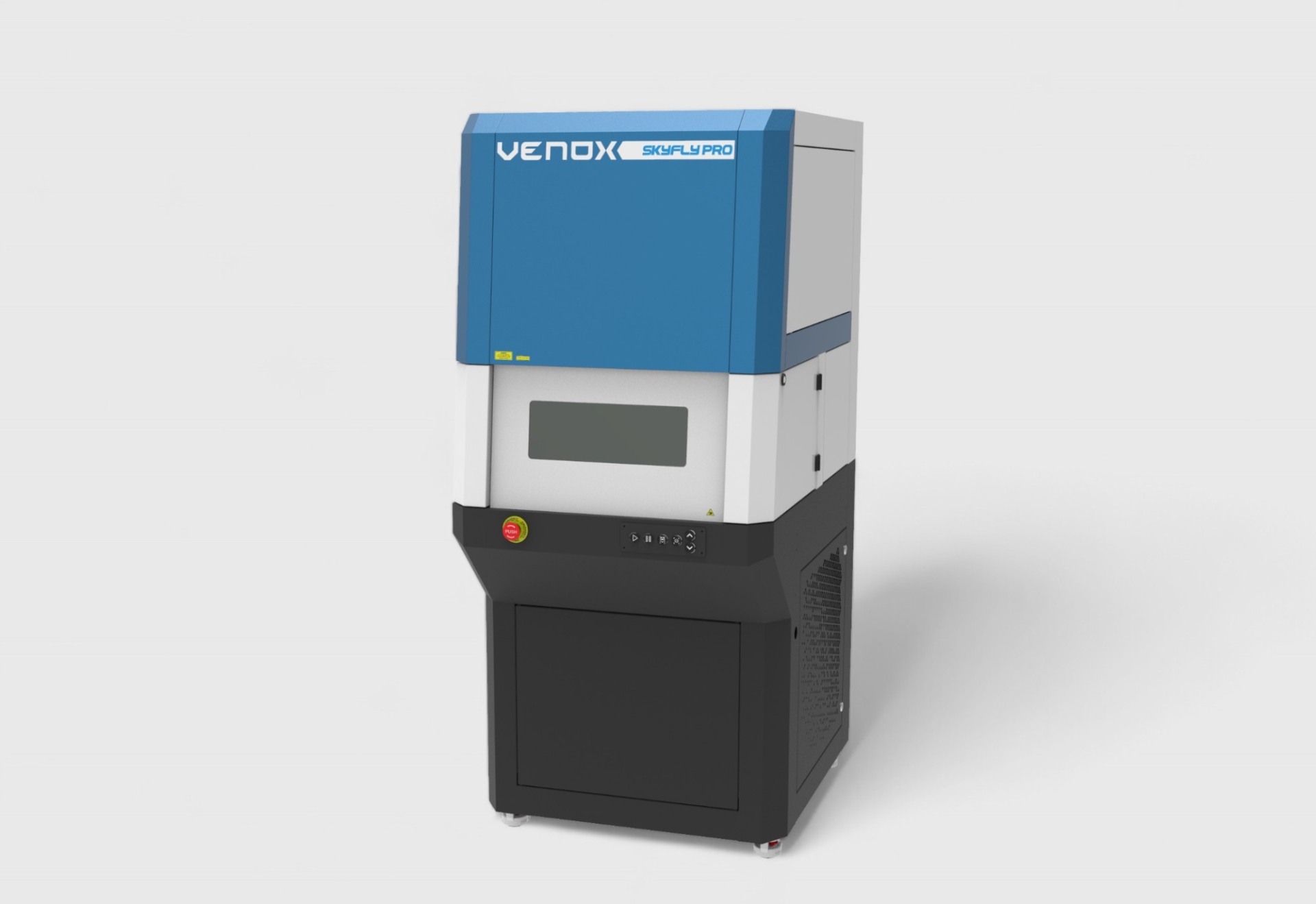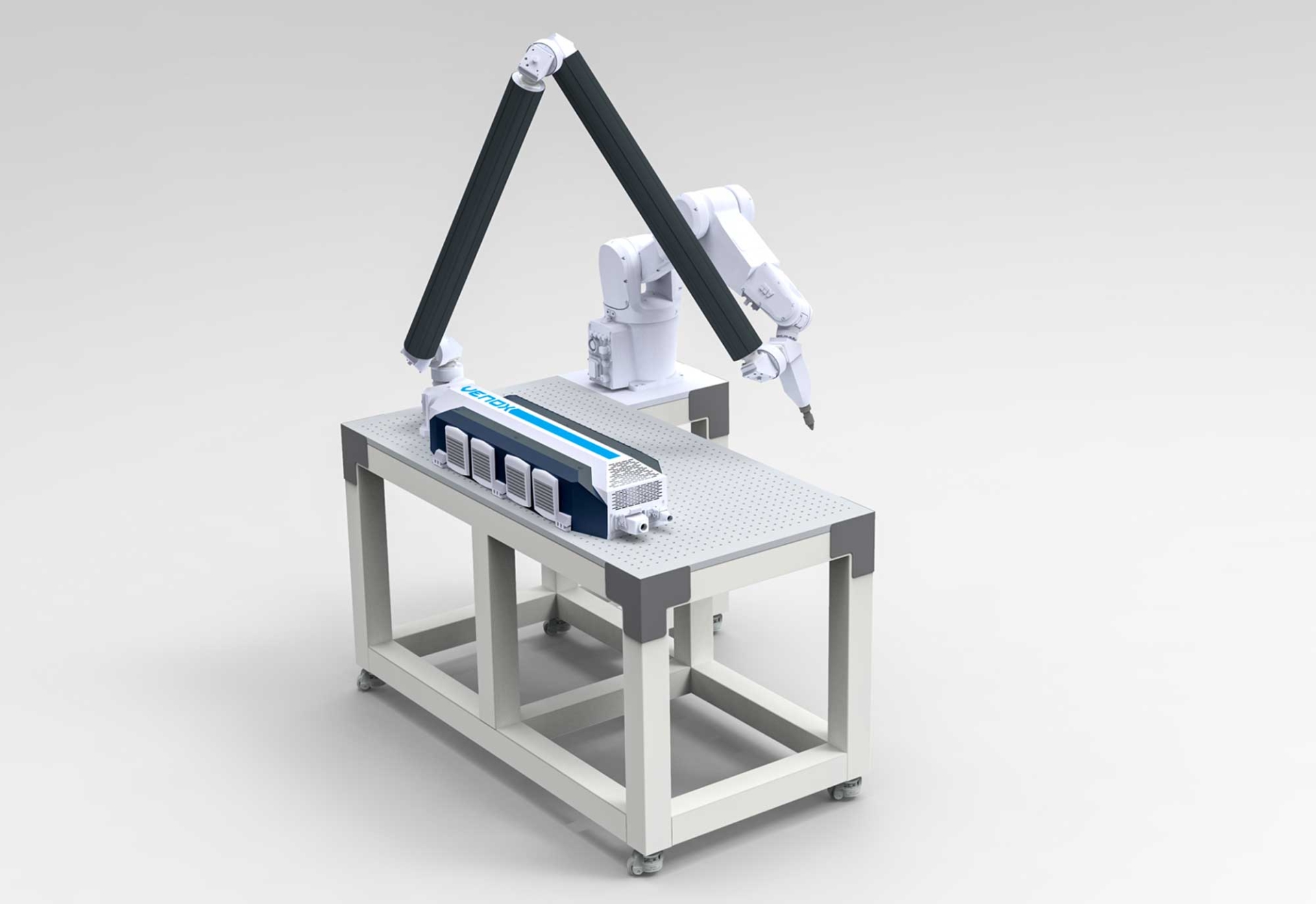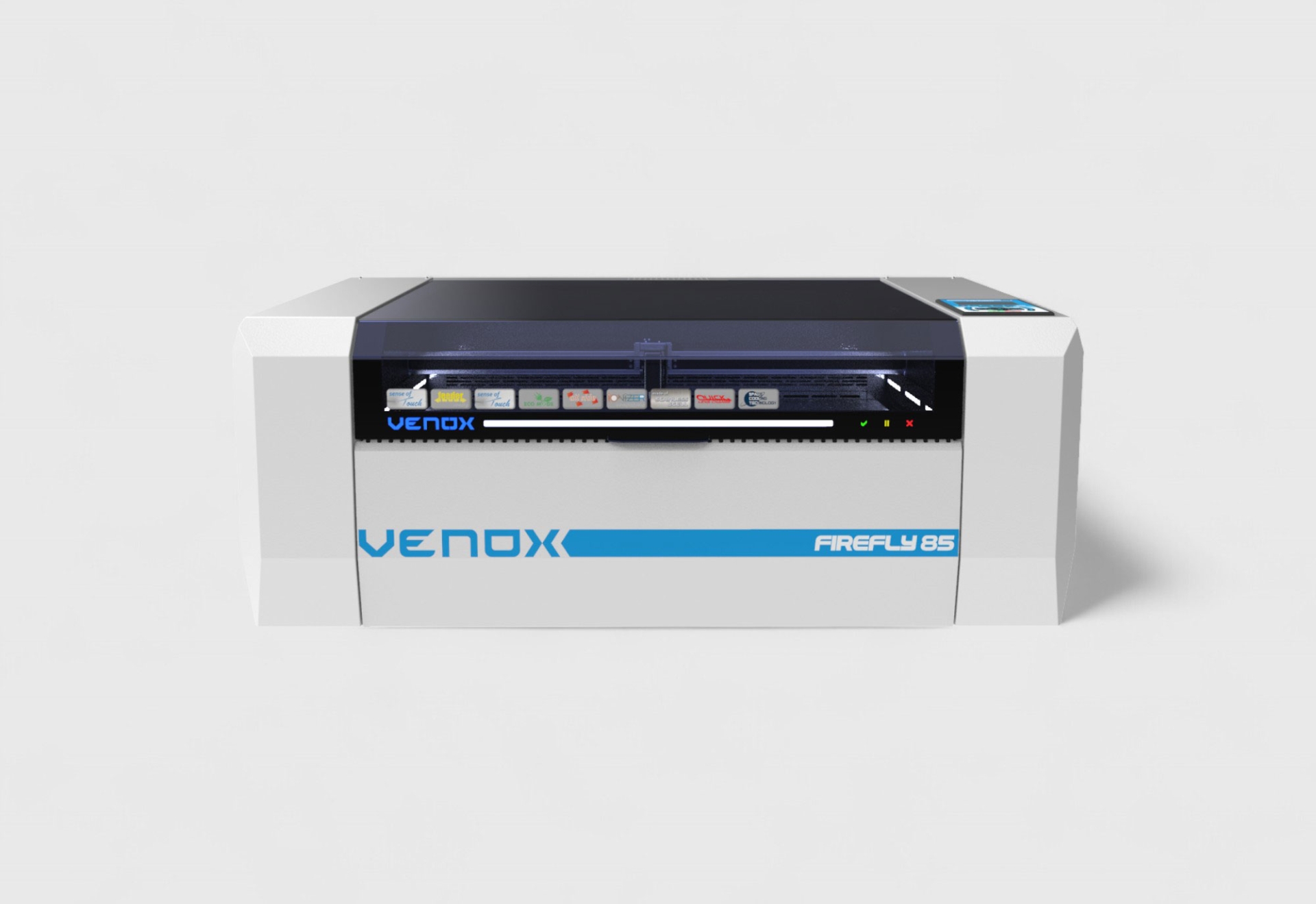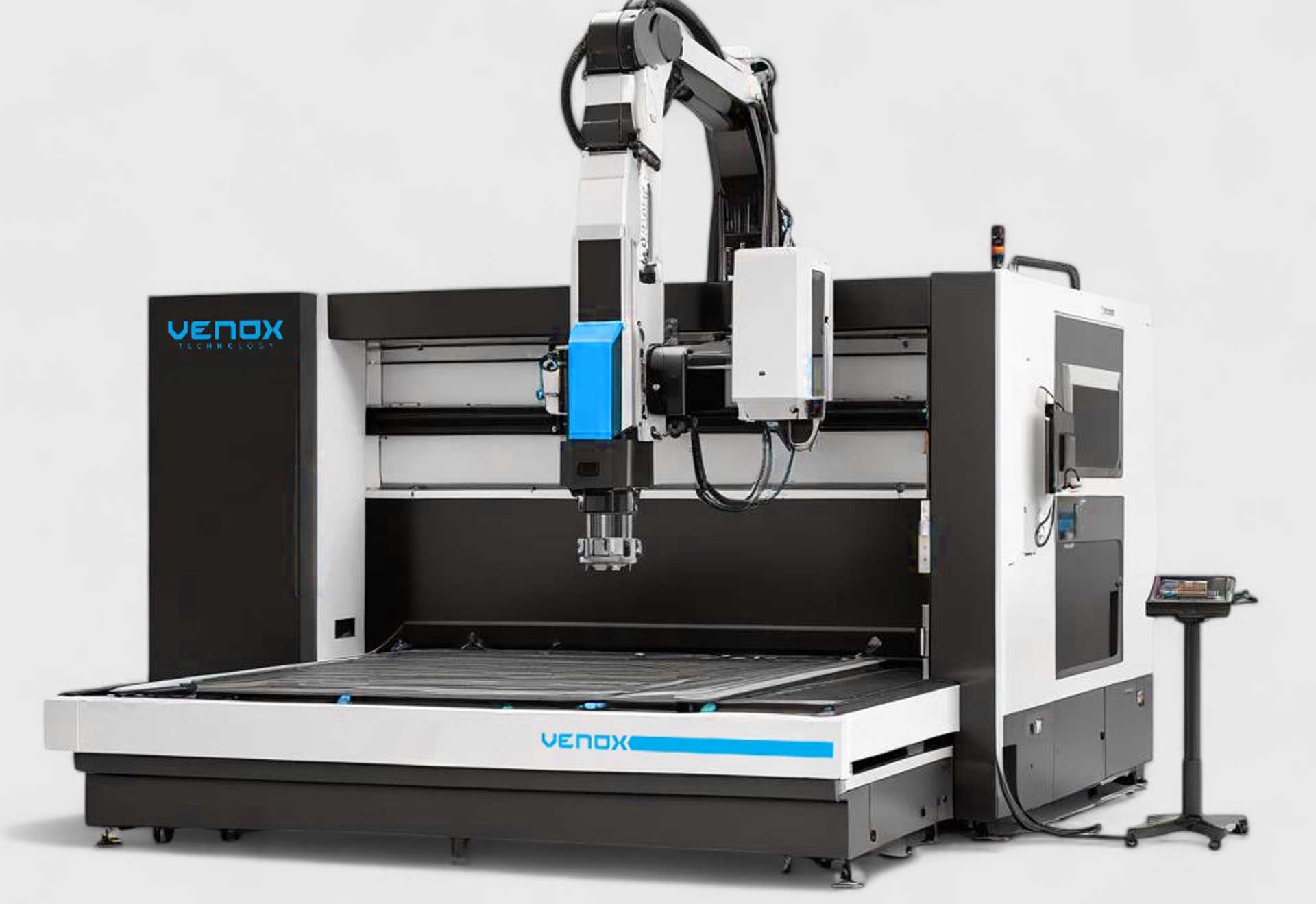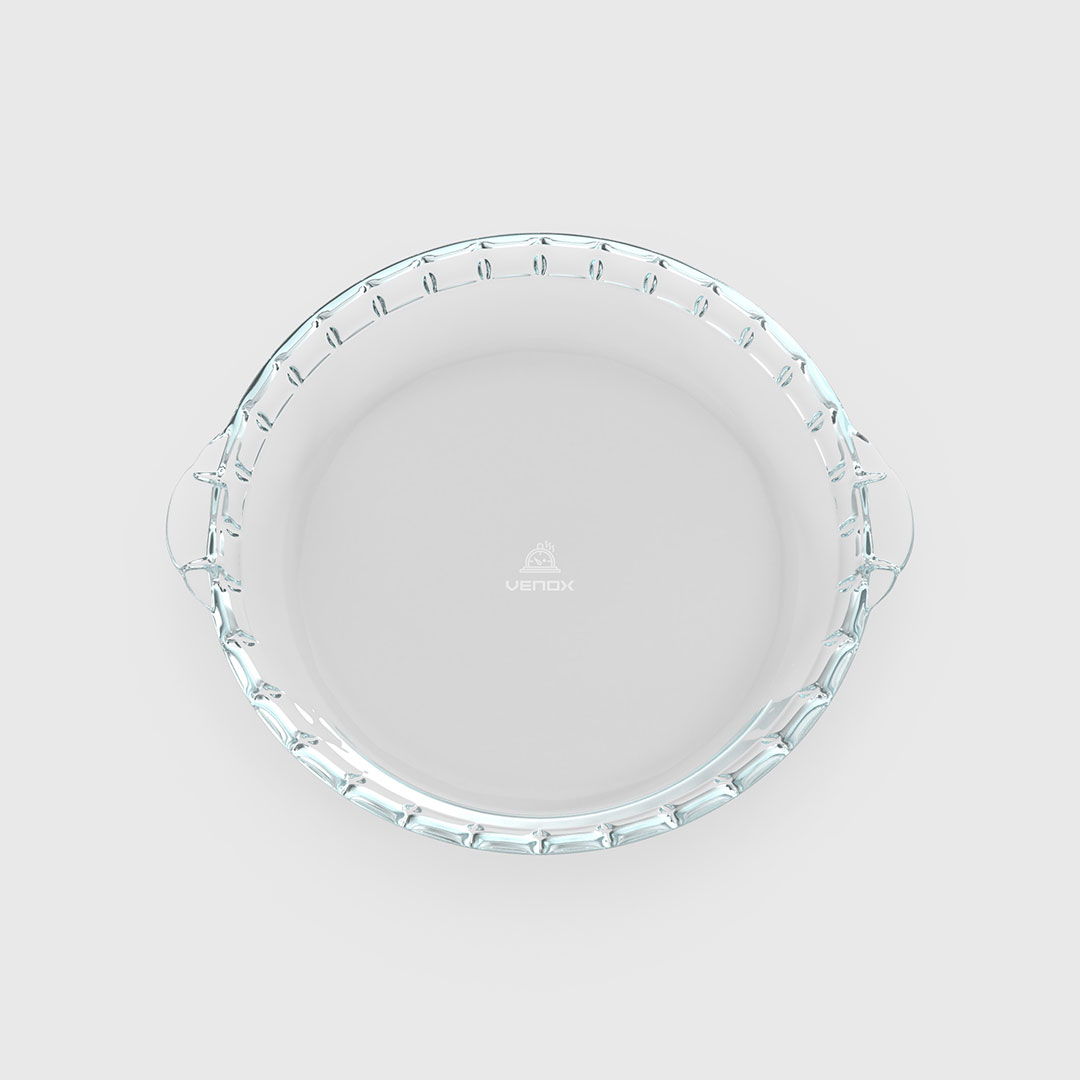Glass Laser Operator Guide: Safety, Fume/Exhaust, Cooling, and Maintenance Schedule
In glass laser cutting/engraving processes, operator safety and consistent quality require standardized procedures. This guide provides checklists and maintenance schedules that can be quickly applied in the field. For application context, visit the Glass sector page; for hardware and efficiency, see Laser Cutting Systems, and for process combinations, check out the Laser Cutting & Marking Machines pages.
Work Safety and Environmental Conditions
Personal Protective Equipment (PPE) and Glass Breakage Management
- Eye/face protection: Appropriate laser class goggles, clear face shield.
- Hand/foot protection: Cut-resistant gloves, reinforced toe shoes.
- Breakage management: Separate waste bin for broken glass; mark the area and collect debris with brush and dustpan (avoid direct hand contact).
- Emergency situations: Keep first aid kit and eye wash station easily accessible.
Fume/Exhaust: Flow Rate, Duct, and Filter Selection
- Airflow: Direct air to prevent fumes from entering the laser beam path; use nozzles/air blowers.
- Duct and filter: Fix leaks/loose connections; check filter fullness indicators.
- Maintenance: Schedule filter replacements; a significant increase in exhaust noise may indicate blockage.
Compare Laser Cutting Systems solutions for exhaust capacity and machine compatibility.
Work Area Layout, Warnings, and LOTO
- Warning signs: Laser class and hazard labels must be visible.
- Fire safety: The appropriate type of fire extinguisher must be available and access paths clear.
- LOTO: Follow lockout-tagout procedure during maintenance/cleaning.
Equipment Health and Periodic Maintenance
Optics/Lens Cleaning (Frequency and Method)
- Daily: Visually inspect lens/mirror surfaces; clean with appropriate solvent and lint-free swab if dust/dirt is present.
- Weekly: Perform focus test (focus card) and check spot quality.
- Warning: Avoid excessive pressure and random solvents; risk of coating damage.
Cooling Fluid, Temperature, and Alarm Thresholds
- Temperature monitoring: Keep within manufacturer-recommended operating range; record sudden fluctuations.
- Flow/filter: If flow decreases, check for filter/line blockage or fluid level issues.
- Maintenance: Perform periodic fluid replacement and leak checks; ensure hose clamps are tight.
| Symptom | Possible Cause | Initial Check |
|---|---|---|
| Frequent alarms | Low flow, high temperature | Level/filter, fan/position, ambient temperature |
| Poor spot quality | Thermal focus shift | Lens cleaning, flow, and temperature |
Filter and Consumable Parts Schedule
| Period | Task | Note |
|---|---|---|
| Shift Start | Visual inspection of optics, exhaust suction check | Record anomalies in shift log |
| Weekly | Lens/mirror cleaning, exhaust filter indicator check | Replace pre-filter if necessary |
| Monthly | Cooling fluid status, hose and connection inspection | Leak/oxidation detection |
| Every 3 Months | Deep optical cleaning, exhaust duct leak test | Evaluate performance logs |
To adapt maintenance steps to your equipment, visit the Laser Cutting & Marking Machines page.
Shift-Based Quick Checklist
| Step | Check |
|---|---|
| PPE | Goggles, gloves, shoes, face shield |
| Optics | Any dust/dirt? Clean if necessary |
| Exhaust | Is suction and filter indicator normal? |
| Cooling | Are temperature & flow indicators stable? |
| Area | Are warning signs and fire equipment accessible? |
Use content from the Glass sector to standardize shift forms and checklists within your team.
Frequently Asked Questions (FAQ)
Why is there still odor/particles even with an exhaust system?
Possible causes include duct leaks, clogged pre-filters, or incorrect airflow direction. Tighten connections, check the pre-filter, and redirect airflow away from the beam path.
How often should I clean the lens?
Perform daily visual inspections; clean immediately if dirt is detected. Weekly detailed cleaning and focus tests are recommended.
The cooling alarm goes off frequently; what should I check first?
Check fluid level, filter/line blockages, fan/placement, and ambient temperature. If the problem persists, call service following manufacturer recommendations.
